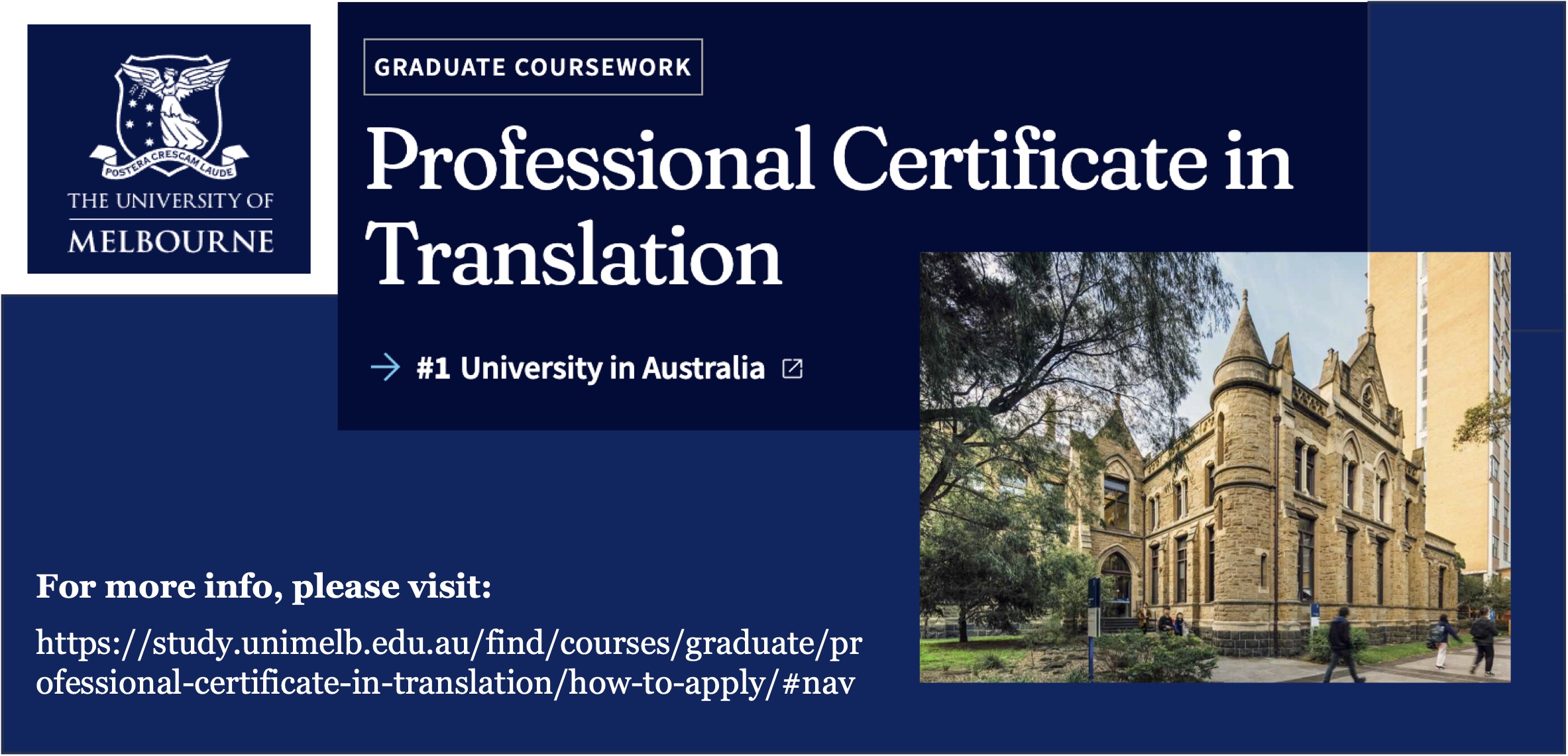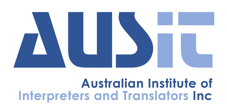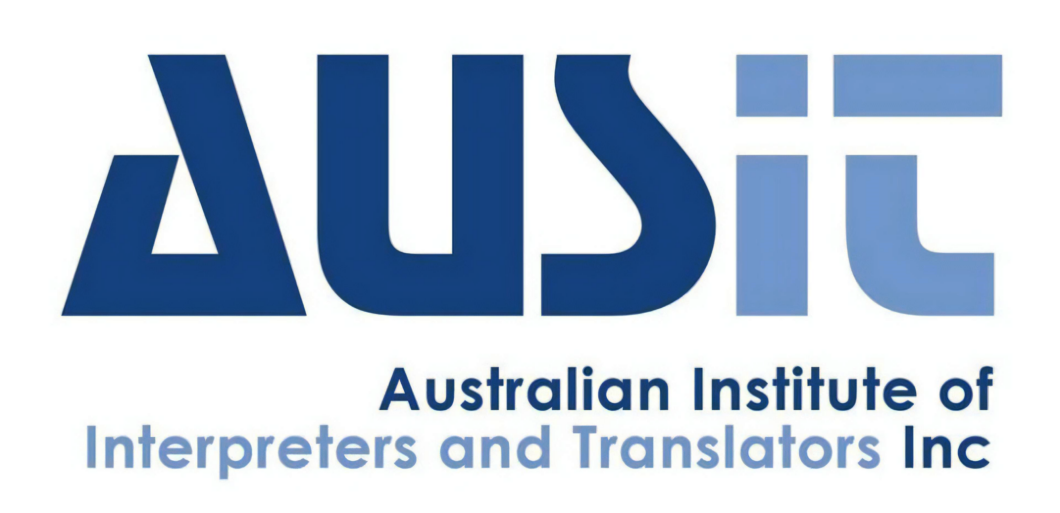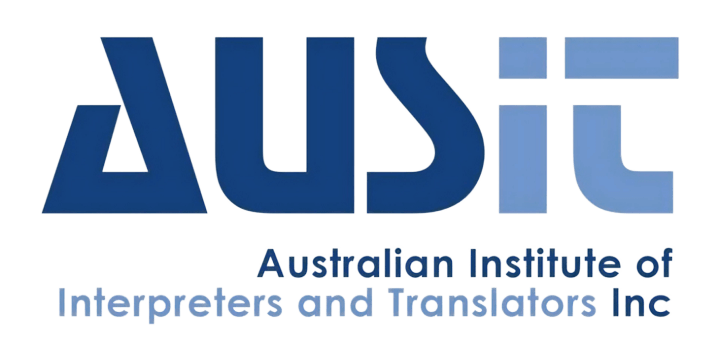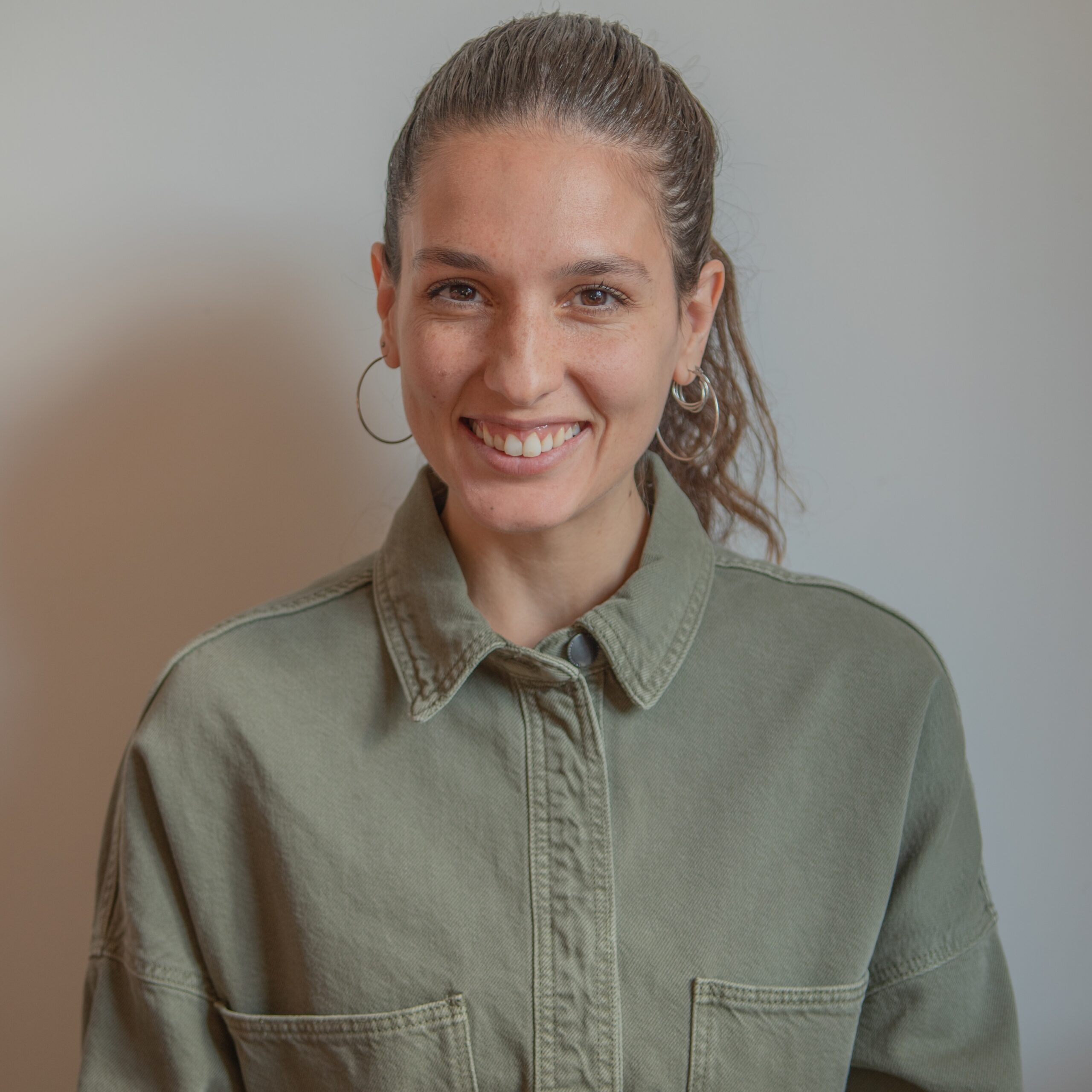
Inés Bellesi
BrisbaneTranslator or interpreter (or both): both
Language(s) and direction(s): Spanish–English
Location: Adelaide, SA
Practising as a translator/interpreter since: 2016
Member of AUSIT since: 2022
Main area(s) of practice: community interpreting, plus Spanish>English translations for immigration purposes
Q1:
How did you come to be a T/I?
A1:
I became a translator after earning my bachelor’s degree back in Argentina in 2016. In early 2020, I arrived in Australia on a Work & Holiday visa, seeking personal adventure and professional growth. During my final W&H year in 2022, I reached out to various Australian LSPs for translation work, only to discover unexpected opportunities in interpreting. Though hesitant due to my limited experience, I knew I had to embrace the challenge. Accompanying my first client to a doctor’s appointment proved transformative. That one-hour booking illuminated how interpreting beautifully merges my loves for language, culture and human connection. Motivated, I worked diligently to earn my NAATI credentials, and eventually applied for a skilled work visa, fully committing to making Australia my home.
Q2:
Tell us about a project you have worked on that was especially interesting or challenging (within the bounds of confidentiality of course).
A2:
Recently, I interpreted during a two-day autism workshop for carers and parents. The experience was both rewarding and challenging. Using simultaneous interpreting in whispering mode for presenters required intense focus to convey their messages while being mindful of the audience. I switched to consecutive interpreting during discussions, adding complexity, especially with videos that required seamless transitions back to whispering. Learning about autism enriched my preparation, and facilitating communication in such an important setting was fulfilling. Nothing compares to the satisfaction of ending the day with appreciative clients who feel heard and supported.

Cassie Lee
Translator or interpreter (or both): both
Language(s) and direction(s): Korean>English trans, Korean–English interp
Location: NSW
Practising as a translator/interpreter since: 1999
Member of AUSIT since: 2019
Main area(s) of practice: legal, government, community, health
Q1:
How did you come to be a T/I?
A1:
As an eight-year-old in Korea in the 1970s, I was mesmerised by a sales assistant speaking perfect Japanese to a Japanese customer in a Seoul department store. Witnessing this flawless communication, I had a vision of an unknown and exciting world that existed beyond the walls of my own limited knowledge and experience. I started learning English when I was 11, at an international school in Tehran, and later was lucky to have the opportunity to also study French, Japanese, German, Italian and Spanish, which I found most enjoyable, useful and fulfilling. I then decided to pursue a rewarding career as a professional interpreter and translator, by qualifying as a court interpreter in 1999 in the USA, and as a NAATI interpreter in 2001 and translator in 2003.
Q2:
Tell us about a project you have worked on that was especially interesting or challenging (within the bounds of confidentiality of course).
A2:
Last year I translated for the defence in a criminal case. The prosecution were trying to prove that the accused knew he was participating in a criminal enterprise. Their evidence included interviews by the Australian Border Force and Australian Federal Police, and emails and text messages between various parties. Given the complexity and subtlety of the Korean language, a particular Korean word can be translated into English words with very different connotations depending on the context. This was especially significant when the prosecution claimed certain words had been used as covert/coded communication. This case was interesting but also challenging, requiring the highest professional and ethical standards to provide accurate, impartial and high-quality translation to assist in the administration of justice.
Advertisement:
